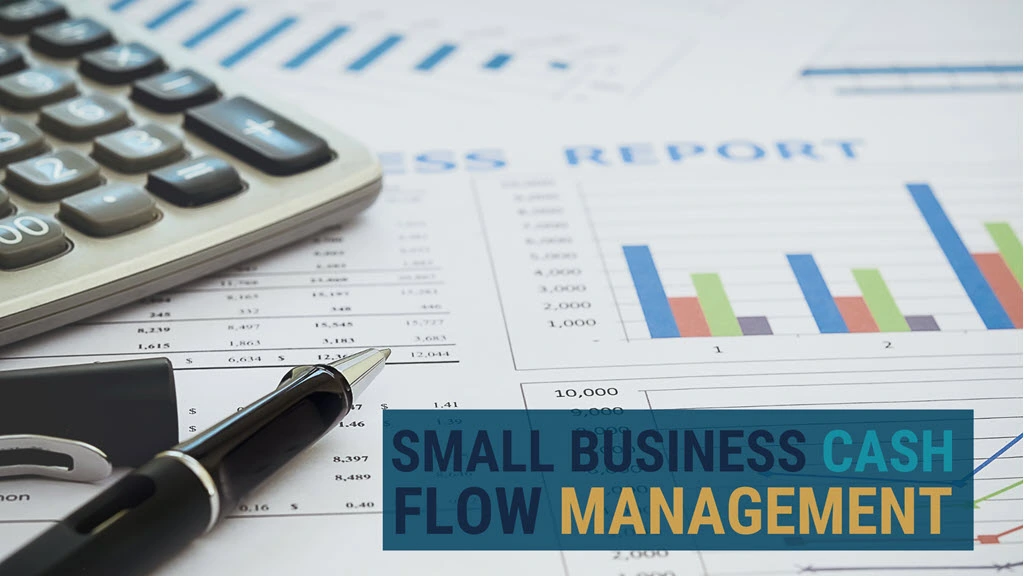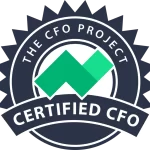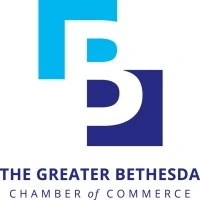
TOPICS OF DISCUSSION
-7 Steps for starting a small business cash flow strategy
– What is small business cash flow?
– How does cash flow affect a small business?
– How can cash flow help a business grow?
– How to manage cash flow in a small business?
– How much cash flow should a business have?
– Cash flow strategies for small business:
– How can a virtual CFO help improve your cash flow?
7 Steps for Starting a Small Business Cash Flow Strategy
Regardless of how long your small business has been in place for the size of your small business, understanding how to manage cash flow is crucial to the success of your business strategy.
Small business cash flow monitors and tweaks the attainment and income that coming in your business so that you can effectively plan payments and more. Forecasting can take years to appropriately plan for but when it’s completed correctly, it can ease a significant amount of stress from your business.
A professional CFO may take just a few weeks to map out your cash flow forecast.
The seven strategies of cash flow management for small businesses include:
- Getting customers to pay all invoices on time.
- Introducing subscription sales for consistent revenue.
- Improving payment terms from suppliers and banks.
- Documenting income and expenses for the business.
- Reducing expensive across-the-board.
- Paying bills and vendors at the right time for your cash flow.
- Increasing your prices gradually over time.
The five key areas to focus on when managing your business can sometimes start to fade away as your business grow. It easy to get caught up in managing day-to-day operations only to realize that your business is spending more than it’s making.
When business owners discover that they are in a cash flow crisis it is often a nightmare scenario. The business knows that there is always more cash coming in but if they’re not managing their cash flow, it difficult to recognize when the dips will happen in cash flow.
Accelerate the flow of money coming in and you could reduce the delay of outgoing cash flow. A CFO or virtual CFO can help you to achieve a better understanding of your cash flow and guide you through the process of improving your cash flow.
What is Small Business Cash Flow?
Cash flow represents the money that’s flowing through your business. If the money that coming in and the money that’s going out through all business account.
Cash flow represent the lifeblood of your business and if you’re cash flow is poor you can be the purely limited in the financial move that you can make as a business. Positive cash flow doesn’t always dictate the business is profitable it just shows that you have extra business liquidity.
If your business is more liquid you can be more financially capable to apply for loans, pay for short-term liabilities and debts as well as prepare for unexpected troubles. Businesses with added liquidity can also return more money to their shareholders and invest for the future of their business.
How Does Cash Flow Affect a Small Business?
Businesses are operating with a positive cash flow will be open to new and emerging opportunities that would be typically missed it they had a negative cash flow. Extra cash free for unexpected events and situations lead to a business longevity.
If your small business that needs a specific type of heavy machinery for operations, if you don’t have enough cash flow you could be forced to lease or rent at machinery. Extra cash flow could mean purchasing that machinery as well as having the extra reserve funds to keep it up and running with regular maintenance.
Breakdowns in the operating process can also limit a business and if a company doesn’t have significant cash flow, they could experience ongoing downtime until they can afford to perform repairs or get lines back up. This results in delays the consumer and shortfalls for a brand.
How Can Cash Flow Help a Business Grow?
Positive cash flow doesn’t just provide security for your business; it can be used to help you grow.
With a positive cash flow, you can enter into new markets, hire new staff members, go into a new office space or improve your marketing initiatives. Added cash flow gives you the option to take your business to the next level.
How to Manage Cash Flow in a Small Business:
We can see that cash flow is important to any business but having a negative cash flow and hit a small business far more than a company that been in business for many years.
When you’re starting a business, you have a series of expenses involved in the start-up process and you’ll find that extra money is going out of your cash flow quickly. Struggling to gather enough sale of the paper your early overhead costs can leave you in a state of crisis.
It’s very common for a small business to experience this stranglehold in this a reason why many emerging businesses will fail. The first six months of your business can be extremely crucial and planning out your cash flow well and keep you out of a negative cash flow for too long.
Mishandled cash flow in early stages can lead to:
- Lowered liquidity: if you have assets tied up in new materials and start-up costs, it might be tough for you to secure the early financing that you need.
- Bleed on profit: mishandled business cash flow such as paying high salaries or overspending can hinder your early profit targets.
- Eventual failure: poor cash flow management in the early days of the business will eventually lead to closure. It will be easier for you to cut your losses rather than continue operations.
A poor cash flow process doesn’t mean that your business will fail. Introducing a strategy for your small business to pull yourself out of a poor financial spot or plan for years to come can give you a way out.
How Much Cash Flow Should a Business Have?
Based on research from CD insights 30% of businesses fail because they run out of money and 60% of small business owners feel as though they don’t have a good grip on accounting or finance.
Cash flow is a crucial aspect of every business and if you’re the one that’s in charge of small business cash flow it could be wise for you to eat outside help. CFO services can work in any professional industry and provide valuable insight can cash flow management strategies for any small business.
Cash Flow Strategies for Small Business:
Keeping your small business cash flow positive is a challenge, hence it’s important to analyze and plan around your current cash flow and your cash flow goals.
But in order to have a solid strategy, you need to have a clear idea on what should be included in the plan. So, here are seven concrete ways to help you improve your small business cash flow:
- 1 -Start by getting your customers to pay invoices on time:
Remain assertive in collecting customer payment and establish new collection processes to make sure that payment cannot be delayed significantly. Look at your policies as many default for invoice software allow payment to be delayed by up to 120 days which can significantly impact your cash flow.
Gently reminding your customers of their obligation to pay on time or offering quick payment through discounts and make sure that you can improve your early cash flow and penalize those that pay later. Introducing interest payments and having a customer service staff member that handles late payment will help you recruit more positive cash flow.
- 2 -Consider a subscription-based sales method:
If you have a product or service that’s going to be re-purchased regularly by your customer offer a subscription program so that you get paid at regular intervals. You’ll have a consistent cash flow for future costs as well as secure future sales. More subscription-based sales gives you more accuracy in your cash flow forecast.
- 3 -Find better payment terms from suppliers:
Better credit terms mean that you don’t need to borrow as much money or pay out as much interest. Pushing for better payment terms such as a 60-day payment rather than a 30-day payment and improve your out flow and flexibility.
- 4 -Document all business expenses and income:
Having an accurate depiction of all income sources and expenses will help you compute your cash flow. If you’re missing data such as an added expense for shipping, you could be potentially losing cash flow or missing out on something that could skew future expenses.
- 5 -Reduce your expenses:
Finding ways that you can reduce future expenses for your business can be important. If you’re thinking about making a purchase for your business or rushing items to your business, think about cost savings in the prioritizing of your spending. If you can take some time to look around to get a better deal such as with used equipment, you may be able to see ongoing savings.
- 6 -Choose advantageous time to pay bills and vendors:
Suppliers will often try to get you to pay as early as possible and before your agreed terms. This can be difficult for your cash flow. Unless you’re offered some type of incentive like a discount to pay early, pay right on time to make sure that you always have the maximum amount of cash on hand.
- 7 -Ongoing increases in your prices:
If you continue to struggle with making your cash flow positive in a small business, consider increasing your prices. Many businesses fail to regularly increase their prices for the markets and this can often lead to a margin squeeze that is a falling profitability with added material costs.
You could see a huge financial gain just by increasing the cost of your product by a small percentage. An excellent case study comes from a manufacturing customer that was not factoring the cost of scrap into their production line. They added a 3% increase in their price and were able to increase their bottom line by up to $200,000 in the first year.
When you increase your pricing, you need to consider your competitors and the increasing prices of your equipment, inventory, your materials and more. If your products are taking extra time to produce due to a larger number of people being trained, or you are facing added shipping costs, all these factors need to be considered as you are pricing your product. Even though your product might be priced very competitively, you could be losing out on profitability if you don’t regularly increase the price.
How Does a Virtual CFO Improve Your Cash Flow?
Having a virtual CFO to go through your finances is an important step for any business that’s seeking to solve cash flow problems. The qualifications of a CFO ensure that they can take a look at your business with an objective eye. A virtual CFO has likely work in many types of small businesses and they are a much cheaper option than hiring a full-time CFO.
Virtual CFOs work on a flexible schedule and without you needing any extra office space. They can generate a long-lasting report of your finances so that you can predict where you could experience cash flow problems in the future.
Having a professional to help you managing your finances and prepare for the worst- case scenario could save your business from financial turmoil.

Connect With Me!

Basil Zaff has devoted his entire life to assisting business leaders and their teams in embracing the importance of numbers. When beginning discussions, he often emphasizes that revenue is vanity, profit is sanity and cash is king. Basil Zaff perceives running a business akin to managing a sports team, where everyone must be aware of the score. Every business aspires to elevate their cash flow, profitability, and overall value. The Strength of One, crafted by Basil Zaff and the secureCFO team, is the code of your company. How many incremental changes of just 1% or 1-day do you need to make to achieve your desired financial outcomes? Throughout Basil Zaff’s endeavors, a constant theme emerges; simplifying complexity. This empowers individuals without financial expertise to readily analyze and enhance their business’s cash flow, profitability, and overall value. Basil Zaff has devoted his life to this purpose. This has helped thousands of businesses to scale 2xProfit, 3xCash and 10xBusiness Value.



